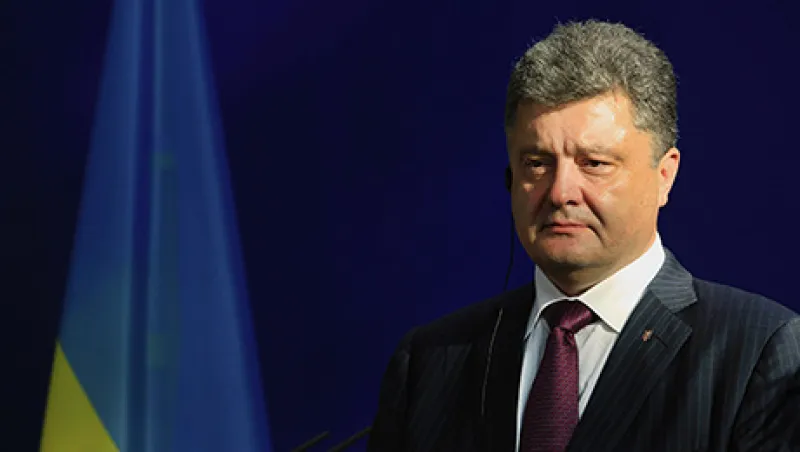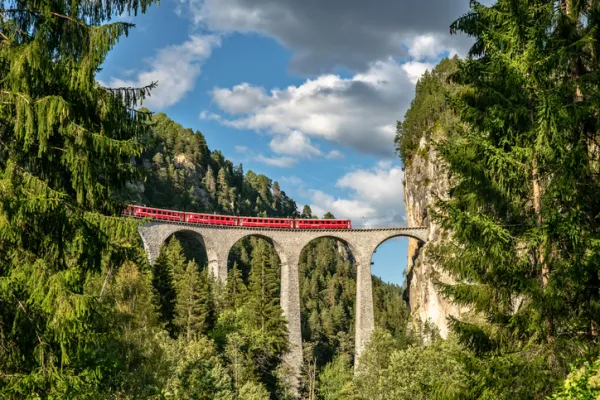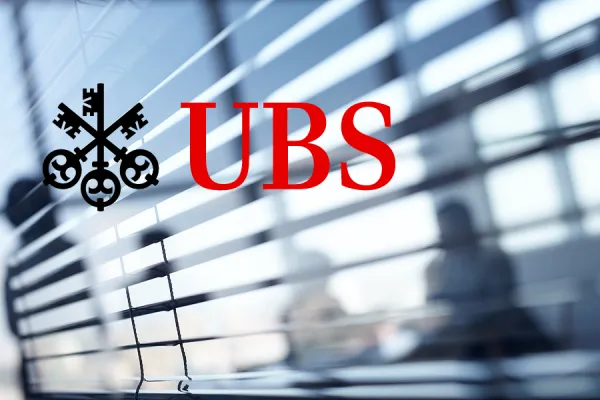Western leaders came to Normandy on Friday to commemorate the 70th anniversary of the D-day landings that helped bring an end to Europe’s bloodiest conflict of the 20th century. They also may have made strides to resolve the Continent’s most-threatening conflict of the 21st century.
President Vladimir Putin of Russia and his Ukrainian counterpart, Petro Poroshenko, met for 15 minutes on Friday before an official luncheon of leaders attending the ceremonies. It was the first meeting between the two country’s leaders since Moscow annexed the Ukrainian province of Crimea in March and instigated a bloody uprising by pro-Russian activists in parts of eastern Ukraine.
Reports said the two men agreed to begin negotiations in the coming days on a cease-fire in eastern Ukraine, and that Putin would send a representative to Poroshenko’s inauguration in Kiev on Saturday.
It remains unclear whether the diplomatic opening will lead to a genuine thaw in tensions between the two countries. Putin has said that he “respects the will of the Ukrainian people,” who gave Poroshenko a surprisingly large mandate in the country’s presidential election last month, but he also calls the Maidan protests that deposed former president Viktor Yanukovych an “illegal coup.” Russian state media has continued to pump out propaganda to support armed separatists in eastern Ukraine.
“Russia’s policy is to cooperate with the government chosen on May 25 but not recognize its legitimacy,” says Alexei Mukhin, director of the Center for Political Information in Moscow.
Yet on the central economic issue linking Russia and Ukraine — natural gas — cooperation increasingly looks to be Moscow’s priority. Ukraine relies on Russian imports for more than half of its fuel, and Putin seemed determined to use that as leverage in the wake of the February uprising that toppled Yanukovych. After the revolution Russia’s state-owned gas monopoly Gazprom summarily hiked its price for Ukraine to $485 per 1,000 cubic meters, from $268.50; the former price had been a discount granted to Yanukovych late last year after he abandoned, at Russia’s urging, a planned association agreement with the European Union. Moscow claimed that more than $5 billion in arrears had piled up, and it threatened to stop deliveries on June 2 unless Kiev paid.
After Poroshenko’s election, Moscow quickly adopted a more pragmatic line. “Russia is dependent on Ukraine to the same extent that Ukraine is dependent on Russia,” observes Pavel Kushnir, head oil and gas analyst with Deutsche Bank in Moscow. That is, about half of Gazprom’s exports transit through Ukraine to reach end customers in the European Union. With those European buyers eager to fill storage tanks now to prepare for the autumn heating season, Gazprom and Ukrainian opposite number Naftogaz joined talks in Berlin last week, moderated by EU energy commissioner Günther Oettinger.
Although Gazprom is still formally threatening to close the valve on June 10, analysts see a deal in the offing at a level of around $350 per 1,000 cubic meters, which would be the price Russia gets from European customers minus the cost of transport across Ukraine. “Russia’s priority is to show that it is a reliable supplier for its European customers,” says Maxim Moshkov, an oil and gas analyst in UBS’s Moscow office. Russia provides Europe with more than one third of its natural-gas imports and nearly one quarter of its total gas supply.
Moscow apparently has bigger priorities than squeezing a bit more cash from a Ukrainian government largely dependent on International Monetary Fund loans. It wants to push the EU for concessions on two gas pipelines that could skirt Ukraine to deliver gas to European customers and diminish Kiev’s influence going forward. The South Stream pipeline, under construction, would connect Russia to Bulgaria via the Black Sea, whereas the Nord Stream route, already built through the Baltic Sea to Germany, could carry twice its current volumes. “If South Stream is completed and Nord Stream raised to full capacity, the gas trade through Ukraine will collapse,” Moshkov says.
Brussels halted all regulatory approvals for these alternative routes after Russia annexed Crimea, and EU officials show no sign of relenting for the moment. “We will continue to talk if the Russian partners go back to legal practices and ... cooperate on the basis of our energy law,” Oettinger told the German newspaper Frankfurter Allgemeine Zeitung this week. Meanwhile, EU officials warned Bulgaria, a nation historically friendly to Russia, to stop work on South Stream on its territory.
Gazprom deputy chairman Alexander Medvedev was more prickly in remarks to a Moscow energy conference. Speaking of the EU limits on Nord Stream exports, he said, “Calling this a policy would be a compliment to the politicians.” On South Stream, he said Gazprom is prepared to finance the estimated $25 billion project on its own and hinted it would sue the EU for market access.
Yet despite this acrimony, not to mention intensified fighting in eastern Ukraine that has left dozens dead, Moscow and Kiev seem to be moving more or less methodically to Yes on their own gas arrangements. Whether this promises a broader political accord between the two countries is a matter of debate. “Russia is making a decision to ease pressure on the Ukrainian government, which is good for everybody,” Deutsche Bank’s Kushnir says.
Political analyst Mukhin is more pessimistic. “The saddest possible scenario is unfolding in Ukraine now,” he says. “Large parts of the country will separate themselves, while what’s left of it goes firmly into the NATO camp.”






